Introduction: The Myth of “Too Small to Target”
If you’re a small business owner, you’ve likely heard the statistic: 43% of cyberattacks target small businesses. Perhaps you’ve even thought, “That won’t be us. We’re too small. What would a hacker want with our data?”
This is the most dangerous myth in cybersecurity today.
The reality is that cybercriminals are opportunistic. They don’t always target the biggest fish; they target the easiest ones. They use automated bots to scan the internet for any business with a vulnerability—an outdated website, weak passwords, an unsecured Wi-Fi network. Small businesses are attractive precisely because they often lack the dedicated IT staff, budget, or expertise to defend themselves effectively.
The cost of falling for this myth is staggering. The average cost of a data breach for a small business is often over $100,000—a figure that can be catastrophic, with 60% of small companies closing within six months of a significant cyber incident.
But here’s the good news: you don’t need a multi-million dollar budget or a team of elite hackers to protect your business. What you need is a framework—a structured, repeatable, and manageable plan. This article will walk you through building your own cybersecurity framework, tailored specifically for a small business. It’s not about being impenetrable; it’s about being a harder target than the next guy.
Part 1: What is a Cybersecurity Framework (And Why Do You Need One?)
Beyond “Just Installing an Antivirus”
A cybersecurity framework is not a single product you buy. It’s a structured set of guidelines, best practices, and standards that helps you manage your company’s cybersecurity risk. Think of it not as a locked door, but as the blueprint for your entire security system—the doors, locks, alarms, and the habits of everyone who lives in the house.
The most famous framework is the NIST Cybersecurity Framework, developed by the National Institute of Standards and Technology. While it’s used by massive corporations and government agencies, its core principles are brilliantly adaptable for a business of any size. It’s built around five core functions:
-
Identify: What do you need to protect?
-
Protect: What safeguards can you put in place?
-
Detect: How will you know if something happens?
-
Respond: What will you do when an incident occurs?
-
Recover: How will you get back to business?
Adopting a framework moves you from a reactive stance (“We’ll deal with it if it happens”) to a proactive one (“Here’s how we prevent it and manage it”). It transforms cybersecurity from a confusing, technical chore into a clear business process.
Part 2: The Small Business Cybersecurity Framework: A Step-by-Step Guide
Let’s break down the NIST framework into actionable steps for your small business.
Function 1: Identify – Know Your Digital Landscape
You can’t protect what you don’t know you have. This phase is about creating a map of your digital assets and understanding your vulnerabilities.
Step 1: Take a Digital Inventory
List every piece of technology and data your business uses.
-
Hardware: Laptops, desktops, smartphones, tablets, printers, routers, servers, and even smart devices in the office.
-
Software: Operating systems (Windows, macOS), applications (Microsoft Office, QuickBooks), cloud services (Google Workspace, Salesforce, Dropbox), and your website platform (WordPress, Shopify).
-
Data: This is your crown jewel. What sensitive data do you store?
-
Customer lists and contact information
-
Credit card numbers and payment details
-
Employee records (Social Security numbers, bank details)
-
Financial statements and tax documents
-
Intellectual property (product designs, secret recipes, proprietary code)
-
Step 2: Identify Your “Crown Jewels”
Not all data is equally critical. Classify your data based on sensitivity. What would cause the most damage if it were stolen or locked up by ransomware? Focus your strongest protections here.
Step 3: Understand the Threats
What are the most likely threats to a business like yours?
-
Phishing Emails: Tricking employees into revealing passwords or downloading malware.
-
Ransomware: Encrypting your files and demanding a ransom to unlock them.
-
Weak Passwords: Allowing easy access to your accounts.
-
Unpatched Software: Exploiting known vulnerabilities in your systems.
Function 2: Protect – Build Your Defenses
This is the “doing” phase where you implement the security controls to safeguard your systems.
Step 4: Fortify Your Access Points (The “Keys to the Castle”)
-
Passwords & Multi-Factor Authentication (MFA): This is non-negotiable. Enforce a strong password policy (long, unique passwords). But more importantly, enable MFA on every single account that offers it—especially email, banking, and cloud services. MFA is the single most effective step you can take to prevent unauthorized access.
-
Least Privilege Principle: Employees should only have access to the data and systems absolutely necessary for their jobs. Your marketing intern does not need access to the company financials.
Step 5: Secure Your Hardware and Networks
-
Firewalls: Ensure your office router has a built-in firewall enabled. This is your first line of defense.
-
Secure Wi-Fi: Your business Wi-Fi should be encrypted (WPA2 or WPA3) and hidden (not broadcasting the network name). Create a separate guest network for visitors.
-
Device Security: Ensure all company-owned devices (laptops, phones) have:
-
Password/PIN protection.
-
Automatic screen locking after 5 minutes of inactivity.
-
Full-disk encryption (built into modern Windows and macOS).
-
Approved, up-to-date antivirus/anti-malware software.
-
Step 6: Manage Your Software and Data
-
Patching: Software updates aren’t just for new features; they often contain critical security patches. Enable automatic updates wherever possible for operating systems, applications, and plugins (especially on your website).
-
Backups: Your backup is your “get out of jail free” card against ransomware and data loss.
-
Follow the 3-2-1 Rule: Keep at least 3 copies of your data, on 2 different media (e.g., an external hard drive and the cloud), with 1 copy stored off-site.
-
Test your backups regularly to ensure you can actually restore from them.
-
Function 3: Detect – Set Up Your Alarm System
Assume that, at some point, someone will get through your protections. How will you know?
Step 7: Monitor for Abnormalities
-
Antivirus & Anti-Malware: These tools don’t just block threats; they can detect and alert you to infections.
-
Unusual Activity Alerts: Pay attention to alerts from your bank, cloud services, or email provider about logins from new devices or locations.
-
Employee Vigilance: Train your team to be your human sensors. They should report anything strange: their computer running slowly, unexpected pop-ups, or strange emails they may have clicked.
Function 4: Respond – Don’t Panic, Have a Plan
What will you do the moment you discover a breach? Having a plan prevents a chaotic, costly response.
Step 8: Create a Simple Incident Response Plan
Your plan doesn’t need to be a 100-page document. It can be a one-page checklist that answers:
-
Who is in charge? Designate a point person (likely the owner or a key manager).
-
What are the first steps?
-
Isolate: Disconnect affected devices from the internet/network to prevent the attack from spreading.
-
Assess: Determine the scope. What was accessed? What data was stolen?
-
Secure: Change all compromised passwords.
-
-
Who needs to be notified? This may include:
-
A cybersecurity professional for help.
-
Your bank and credit card companies.
-
Law enforcement (e.g., the FBI’s Internet Crime Complaint Center).
-
Affected individuals, if personal data was breached (this may be a legal requirement).
-
Your insurance company (if you have cyber insurance).
-
Function 5: Recover – Get Back to Business
The goal is to restore operations and learn from the event.
Step 9: Execute Your Recovery
-
Wipe and Restore: Use your clean, tested backups to restore systems. Re-image compromised computers (wipe them completely and reinstall the OS) to ensure all malware is removed.
-
Communicate: Be transparent with customers and partners about what happened and what you’re doing to fix it. Honesty can preserve trust.
-
Conduct a Post-Mortem: Once the dust settles, gather your team. What did we learn? How did the attacker get in? How can we update our framework to prevent this from happening again?
Part 3: Making the Framework Work: People, Process, and Budget
The Human Firewall: Your Most Important Defense
Technology is only one piece of the puzzle. Your employees are both your greatest vulnerability and your strongest asset.
-
Continuous Training, Not a One-Time Event: Cybersecurity training should be ongoing. Use short, engaging videos and simulated phishing attacks to teach employees how to spot red flags. Reward vigilant behavior.
-
Create a Culture of Security: Make it clear that security is everyone’s responsibility. Encourage employees to ask questions and report suspicious activity without fear of blame.
Managing the Budget: Low-Cost, High-Impact Solutions
You don’t need to break the bank. Here’s how to prioritize:
-
Free/Core Investments: MFA, strong password policies, automated patching, and employee training cost very little but provide enormous returns.
-
Worth the Cost: Reliable, automated cloud backups and reputable business-grade antivirus software are essential operating expenses.
-
Consider for the Future: As you grow, consider investing in a password manager for the team, cyber insurance, or a managed security services provider (MSSP) who can manage this framework for you.
Part 4: A Simple Checklist to Get Started Today
Don’t get overwhelmed. You don’t have to do everything at once. Start here.
This Week:
-
Enable Multi-Factor Authentication on all business email and cloud accounts.
-
Check that your router’s firewall is on and your Wi-Fi is encrypted.
-
Ensure automatic updates are enabled on all company devices.
This Month:
-
Audit your data: What are your “crown jewels” and where are they stored?
-
Review and enforce a strong password policy.
-
Set up and test the 3-2-1 backup strategy for your most critical data.
-
Hold a 15-minute team meeting to talk about phishing.
This Quarter:
-
Draft your one-page Incident Response Plan.
-
Implement the “least privilege” principle for data access.
-
Designate a person responsible for overseeing your cybersecurity framework.
Conclusion: Your Security is Your Competitiveness
Implementing a cybersecurity framework is not just about avoiding loss; it’s about building strength. It’s about demonstrating to your customers, partners, and employees that you are a trustworthy and professional organization. In a world rife with digital threats, a secure small business isn’t just surviving—it’s building a formidable competitive advantage.
The question is no longer if you will be targeted, but when. The time to build your framework is now, before the alarm bells start ringing.

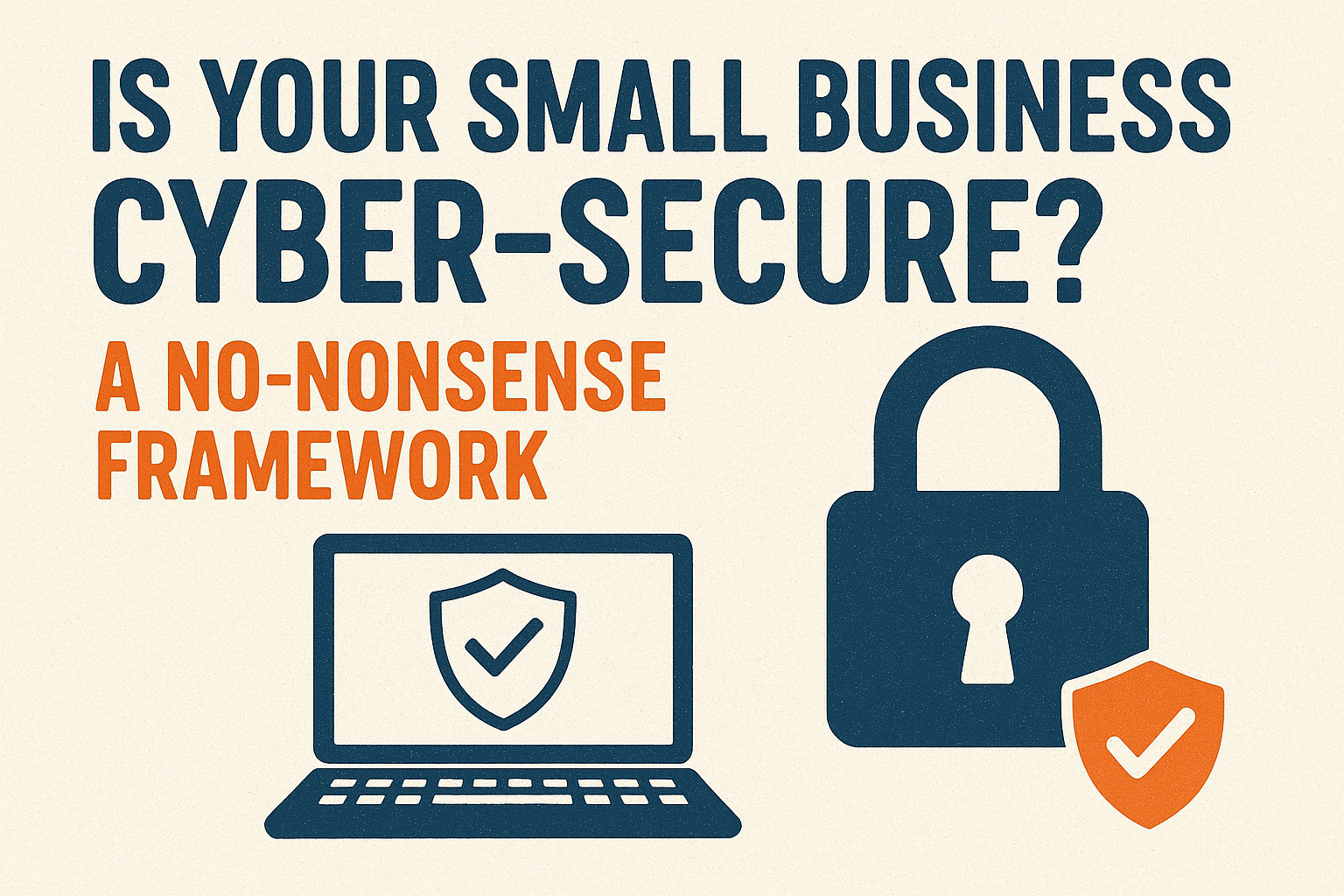
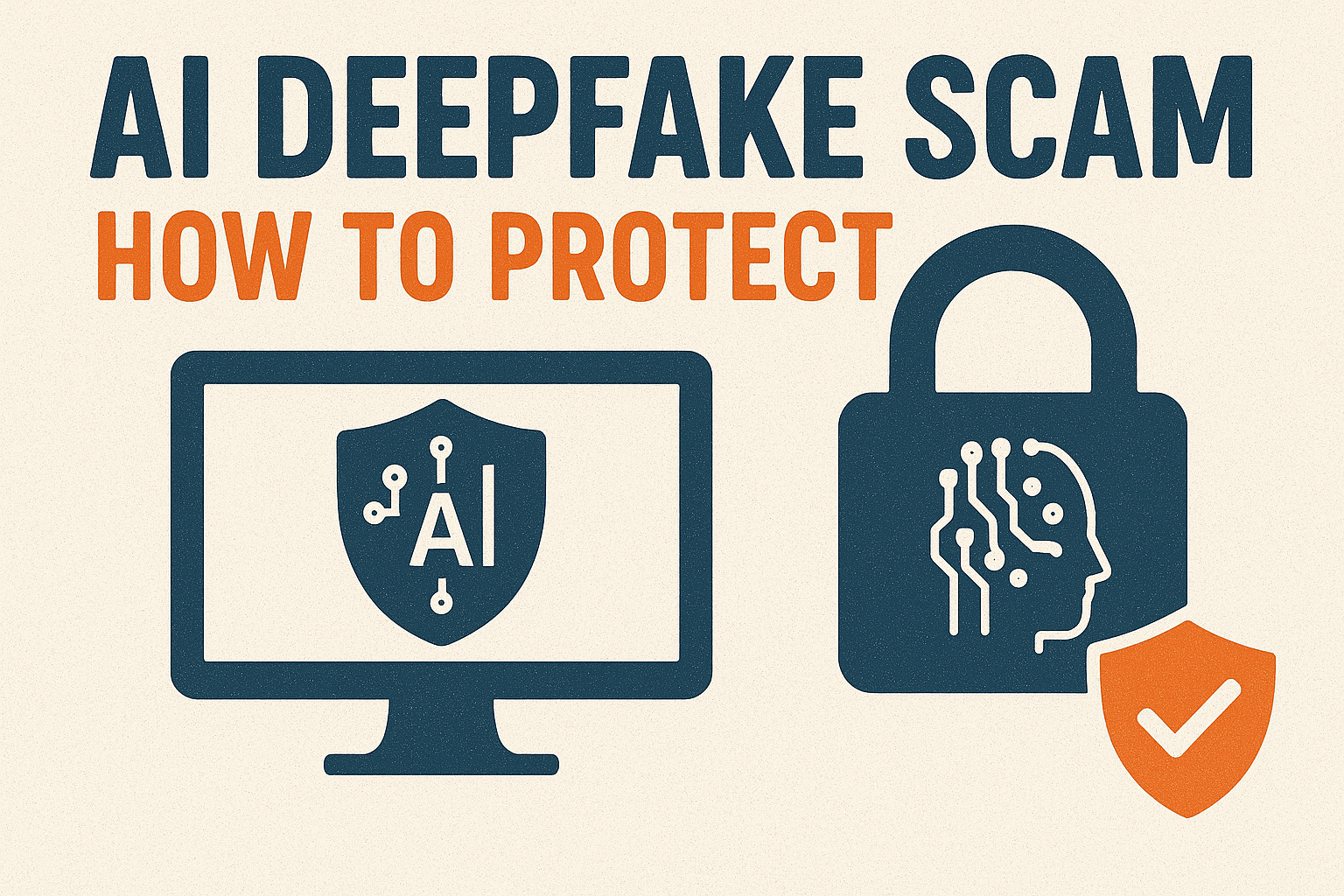

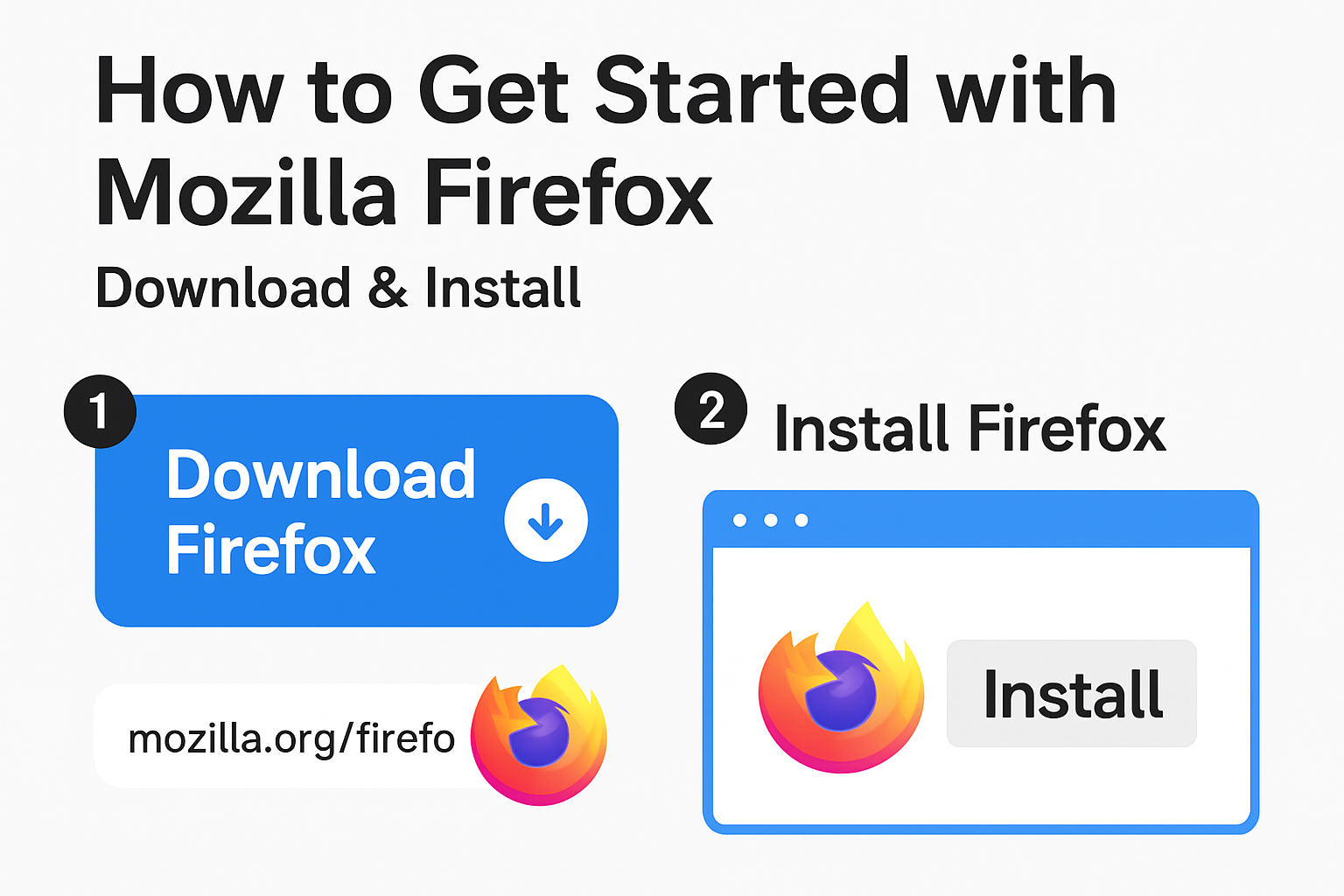


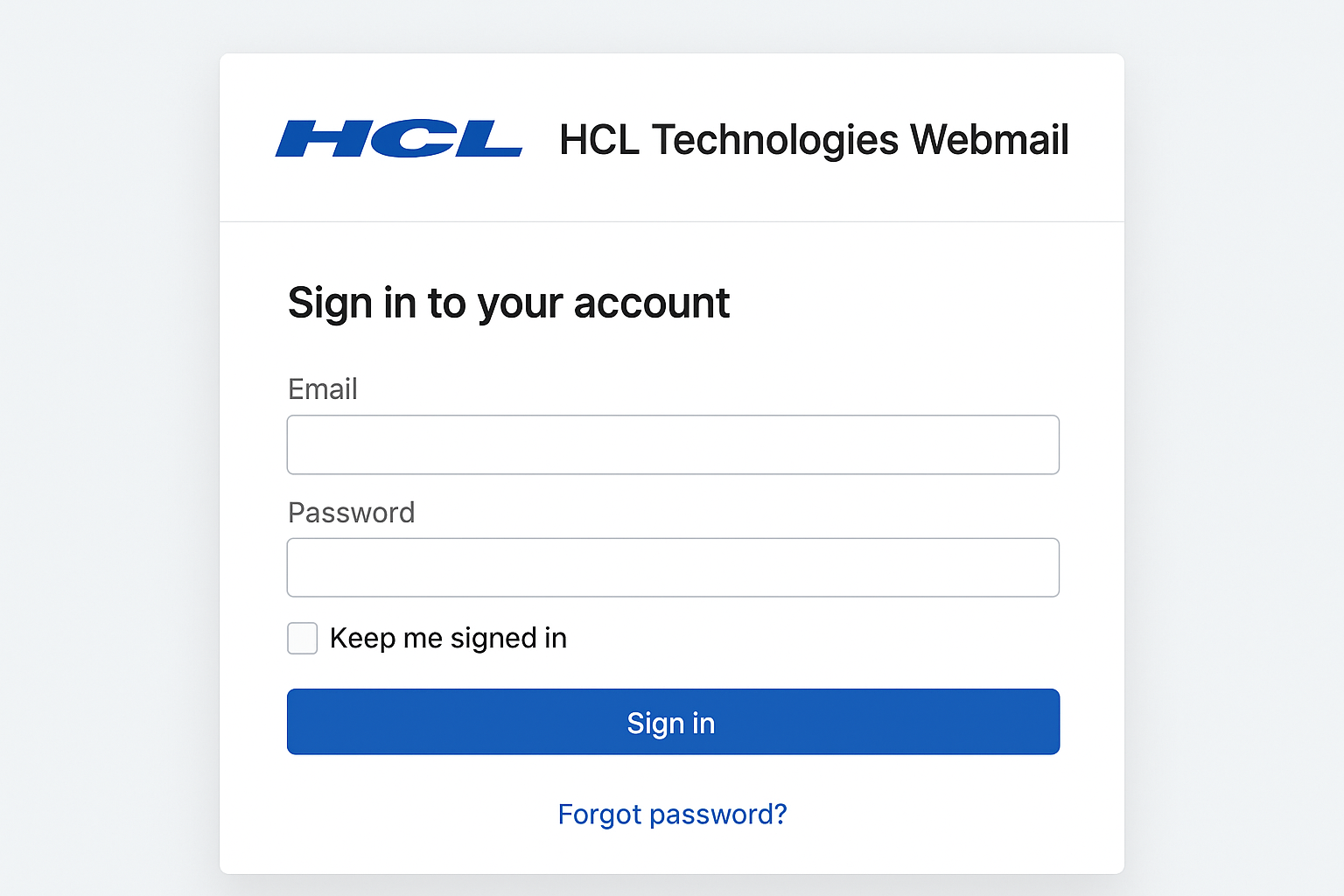
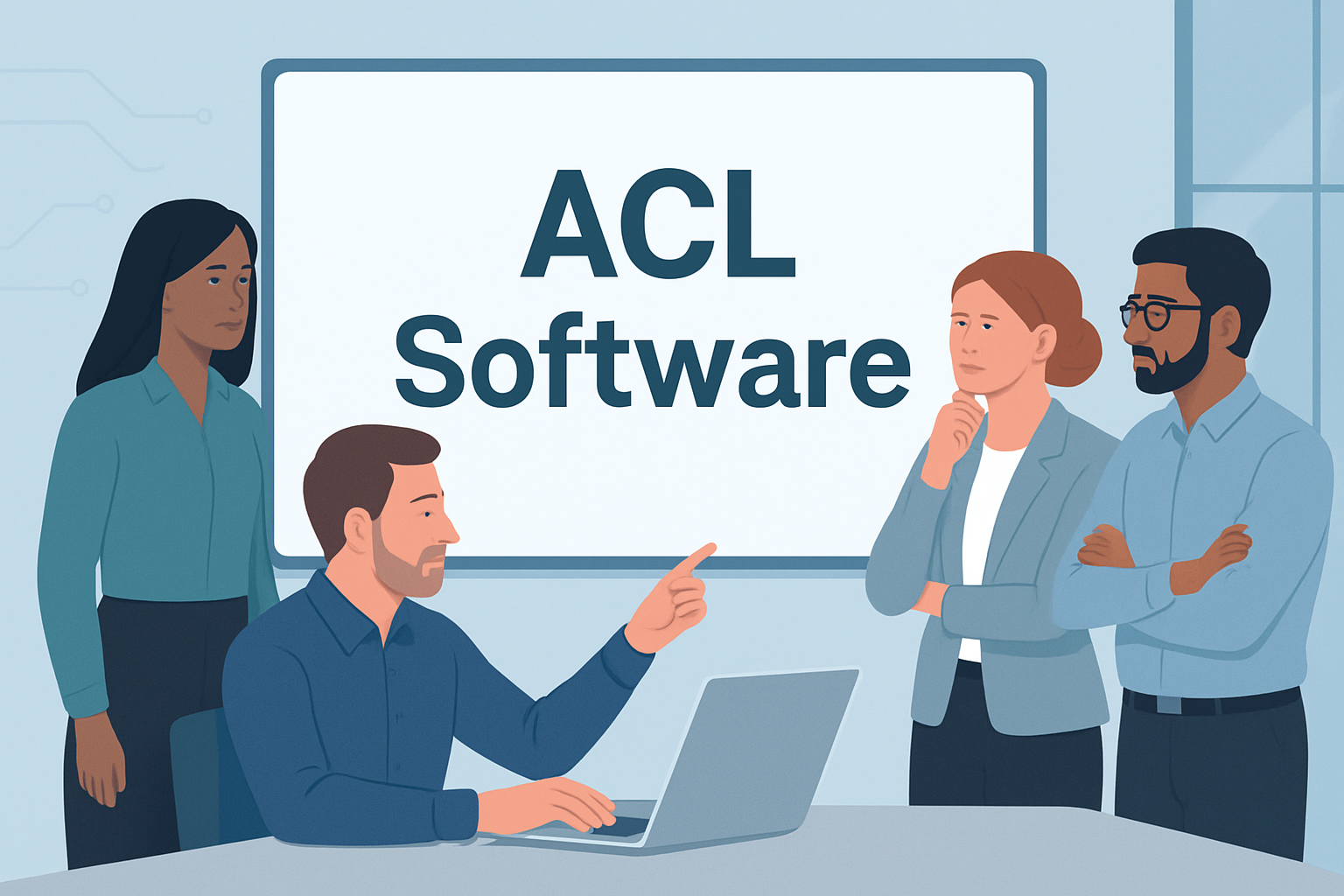

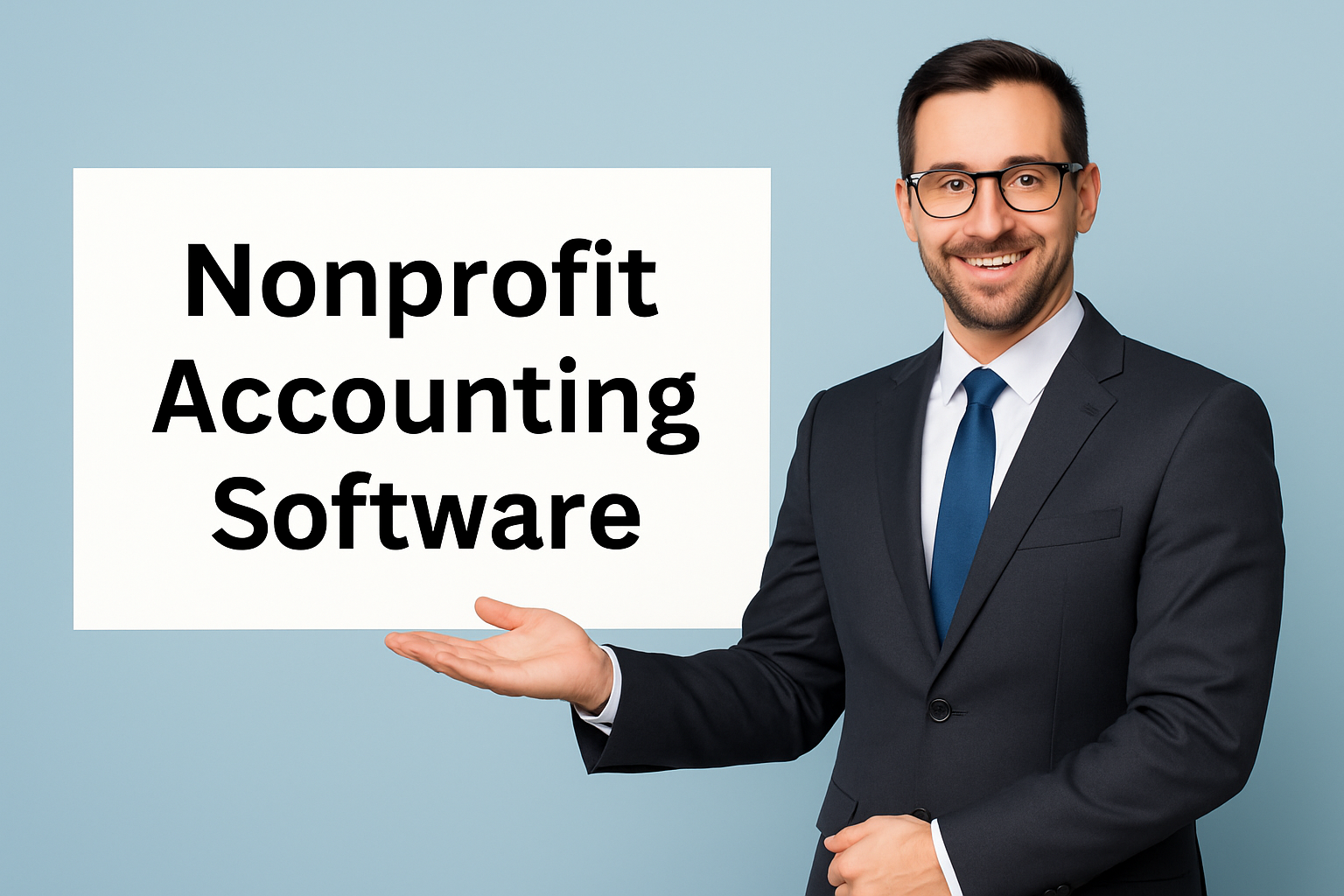







Comments 1